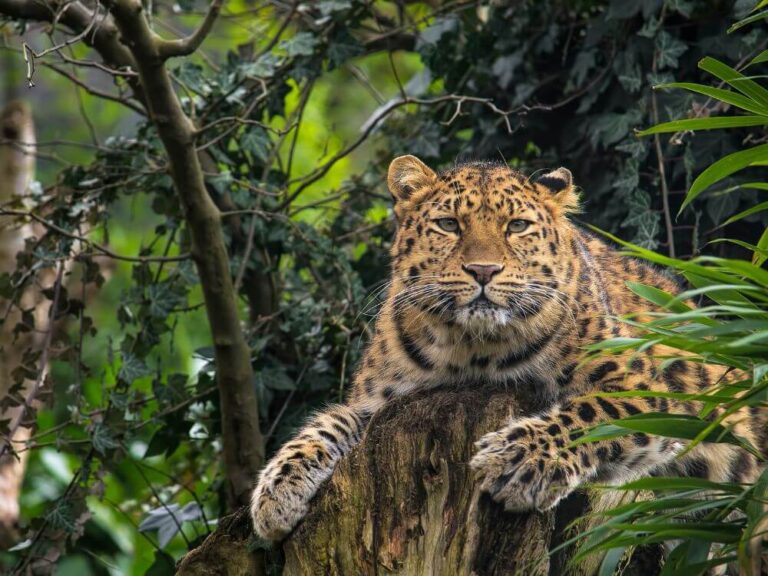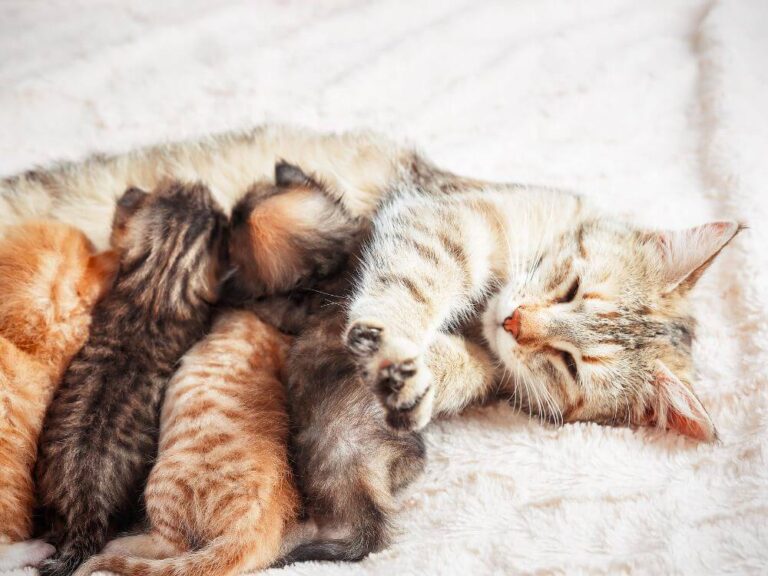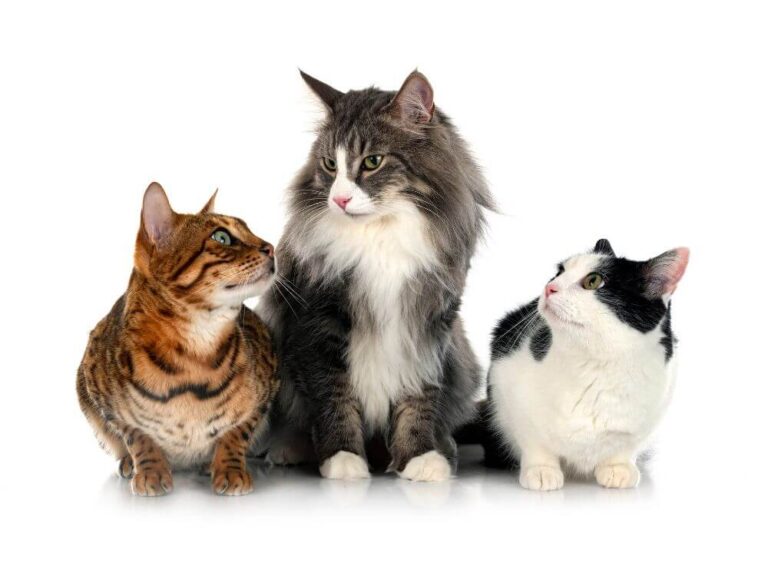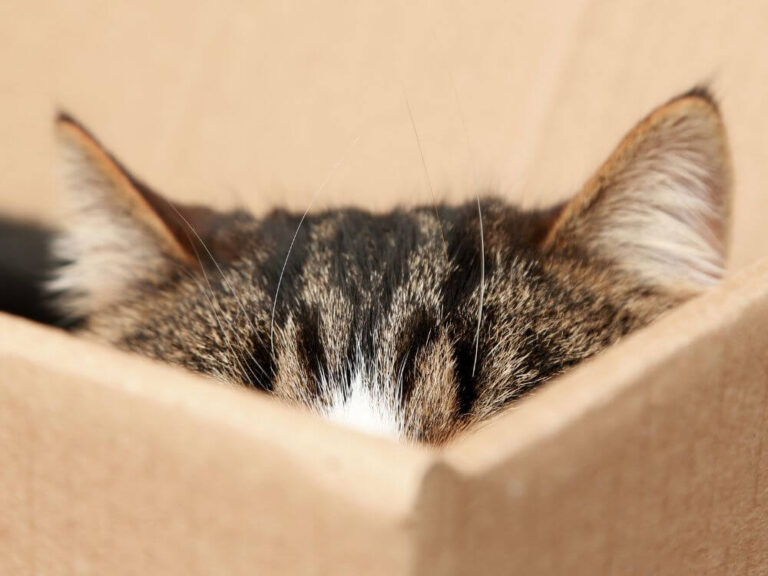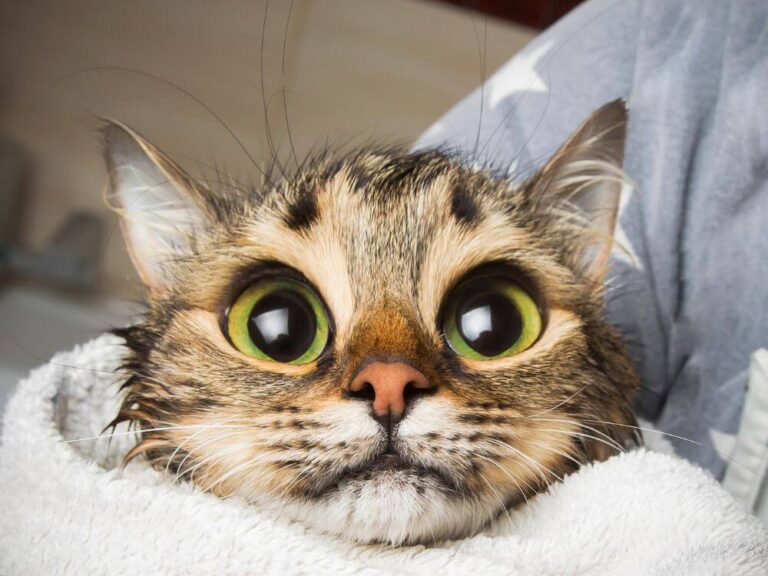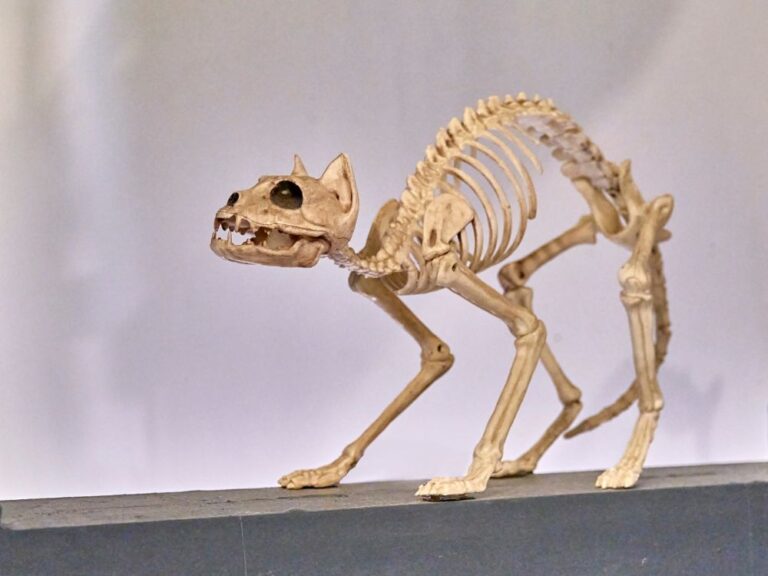The Remarkable Sense of Smell in Cats
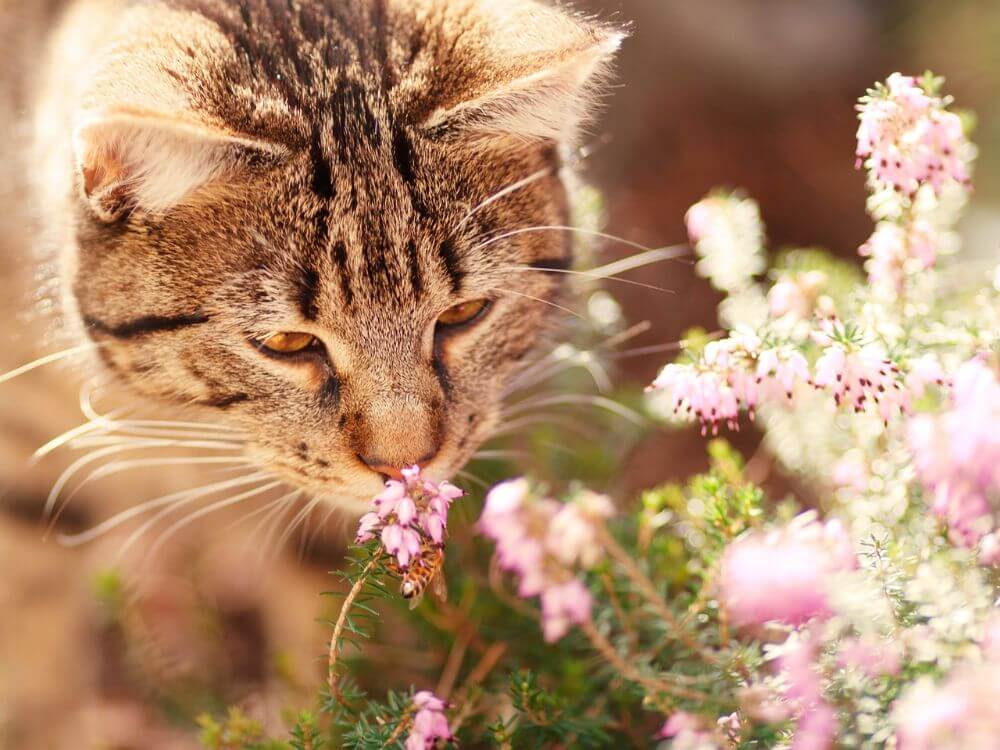
Cats are known for their sharp senses, with their sight and hearing often stealing the spotlight. However, their sense of smell is equally impressive and plays a vital role in their daily lives. The smell of cats is more than just a cute nose twitch; it’s a powerful tool that influences their behavior, communication, and survival instincts. In this article, we will delve into the anatomy of a cat’s nose, how they use their sense of smell, and why understanding this sense can enhance your relationship with your feline friend.
The Anatomy of a Cat’s Nose: Built for Smelling
A cat’s nose may seem small, but it’s a complex organ finely tuned for detecting scents. The structure of a cat’s nose includes several components that work together to create a highly sensitive sense of smell.
The Nasal Cavity: A Scent-Processing Powerhouse
The nasal cavity is the primary area where scent detection occurs. Inside the nasal cavity, cats have an extensive network of olfactory receptors—approximately 200 million of them, compared to about 5 million in humans. These receptors are specialized cells that detect specific molecules in the air.
When a cat inhales, air passes over the olfactory receptors, which send signals to the brain. The brain then interprets these signals, allowing the cat to recognize different scents. This process happens rapidly, enabling cats to quickly identify smells that are important for their survival.
The Jacobson’s Organ: Detecting Pheromones
In addition to their olfactory receptors, cats possess a specialized organ known as Jacobson’s organ, or the vomeronasal organ. This organ is located on the roof of the mouth, just behind the front teeth. Jacobson’s organ plays a crucial role in detecting pheromones, which are chemical signals used for communication between animals.
When a cat encounters a particularly intriguing scent, you might notice them perform a behavior called the Flehmen response. During this behavior, the cat curls back its lips, opens its mouth slightly, and inhales deeply. This action draws scent molecules into Jacobson’s organ, allowing the cat to analyze pheromones more closely.
The Moist Nose: Enhancing Scent Detection
A cat’s nose is typically moist, which might seem like a small detail, but it’s actually important for scent detection. The moisture on a cat’s nose helps trap scent particles from the air, making it easier for the olfactory receptors to detect them. This is why you often see your cat licking its nose—keeping it moist ensures they can continue to detect scents efficiently.
The Smell of Cats: A Key to Understanding Their World
The sense of smell is central to how cats perceive and interact with their environment. Unlike humans, who rely heavily on sight, cats use their noses to navigate their world. Understanding how cats use their sense of smell can provide insights into their behavior, preferences, and needs.
Marking Territory: A Scent-Based Map
Cats are territorial animals, and they use scent as a way to mark their territory. When a cat rubs its face against objects, people, or other animals, it’s not just showing affection—it’s leaving behind scent markers from glands located around its face. These scent markers signal ownership and help cats establish boundaries in their environment.
Cats also use their urine to mark territory. This behavior, known as spraying, is more common in unneutered males but can occur in any cat. Spraying leaves a strong scent that communicates the cat’s presence to other animals. For indoor cats, this can be a sign of stress or a need to assert control over their environment.
Identifying Individuals: Recognizing Friends and Foes
Cats use their sense of smell to recognize other animals and people. Each individual has a unique scent profile, which cats can detect and remember. This ability allows cats to distinguish between familiar and unfamiliar individuals, helping them decide whether to approach or avoid a person or animal.
When you come home after being around other animals, your cat may sniff you intensely. This behavior is their way of identifying where you’ve been and who you’ve encountered. It’s also why cats might react differently to visitors—they are assessing whether the visitor’s scent is friend or foe.
Finding Food: Following the Scent
Cats rely on their sense of smell to locate food, both in the wild and at home. In the wild, the smell of prey is a crucial indicator of a potential meal. Domestic cats, even those who have never hunted, retain this instinct. You might notice your cat sniffing around the house, particularly in the kitchen, where food scents linger.
Cats are also known for being particular about their food. If the scent of their food doesn’t meet their standards, they might refuse to eat it, even if it’s their favorite flavor. This sensitivity to smell is why some cats can be finicky eaters, and it’s also why warming up their food can sometimes make it more appealing.
Communication: The Language of Scent
Cats communicate with each other through scent in ways that are invisible to us. Pheromones, which are detected by Jacobson’s organ, play a significant role in this form of communication. These chemical signals convey information about a cat’s reproductive status, mood, and social hierarchy.
For example, when a female cat is in heat, she releases pheromones that signal her availability to male cats. Similarly, when two cats meet, they might sniff each other’s faces and bodies to gather information about each other’s health, age, and social status. This scent-based communication is subtle but essential for maintaining social order among cats.
The Role of Smell in a Cat’s Daily Life
A cat’s sense of smell is not just a tool for survival; it influences their daily routines and behaviors. From grooming to exploring new environments, smell plays a crucial role in a cat’s life.
Grooming: Keeping the Scent Profile Intact
Cats are meticulous groomers, spending a significant portion of their day cleaning themselves. While grooming helps remove dirt and parasites, it also serves to maintain their scent profile. By licking their fur, cats distribute natural oils across their bodies, ensuring that their unique scent remains intact.
Grooming also helps cats feel secure by reinforcing their scent in their environment. When a cat grooms after being petted or handled, it’s not just cleaning itself; it’s re-establishing its personal scent, which can be comforting.
Exploring New Environments: Sniffing for Safety
When a cat enters a new environment, its first instinct is to sniff around. This behavior helps them gather information about the area, including whether it’s safe and if other animals are present. By using their sense of smell, cats can assess potential threats or opportunities in their surroundings.
This sniffing behavior is especially noticeable when introducing a cat to a new home. They will often explore every nook and cranny, using their nose to familiarize themselves with the space. Providing familiar-smelling items, like a favorite blanket or toy, can help ease the transition by bringing a sense of security through scent.
Stress and Smell: The Impact of Unfamiliar Scents
Cats are creatures of habit, and their sense of smell plays a significant role in their comfort levels. Unfamiliar scents can cause stress or anxiety, especially if they perceive these scents as a threat. This is why moving to a new home or introducing a new pet can be challenging for a cat.
To help your cat adjust to new scents, you can use products that mimic natural feline pheromones. These products, available in sprays or diffusers, can create a calming environment by making the cat feel more secure. Additionally, giving your cat time to explore and familiarize itself with new scents at its own pace can reduce stress.
Aging and the Sense of Smell: Changes Over Time
As cats age, their sense of smell may decline, just like their other senses. A diminished sense of smell can affect their appetite, grooming habits, and overall behavior. If your senior cat seems disinterested in food or less engaged with its environment, a decrease in smell sensitivity could be a factor.
To accommodate an older cat with a declining sense of smell, try offering more aromatic foods or heating their meals slightly to enhance the scent. Ensuring that their environment is consistent and familiar can also help them feel more comfortable as they age.
Enhancing Your Cat’s Environment Through Scent
Understanding the importance of smell in a cat’s life can help you create a more enriching and comfortable environment for your feline friend. By incorporating scent-based activities and maintaining a familiar scent profile in your home, you can cater to your cat’s natural instincts.
Providing Scent-Based Enrichment
Scent-based enrichment is a great way to engage your cat’s sense of smell and keep them mentally stimulated. You can do this by introducing new scents in a controlled manner, such as placing a few drops of cat-safe essential oils on a favorite toy or offering herbs like catnip and silvervine.
Rotating toys and using different scents can keep your cat interested and curious. Just be sure to introduce new scents gradually and observe your cat’s reaction to ensure they enjoy the experience.
Maintaining a Consistent Scent Environment
Cats thrive in environments where the scent remains consistent and familiar. Keeping your home clean and free from strong, unfamiliar odors can help your cat feel more secure. When cleaning, try to avoid harsh chemicals or heavily scented products, as these can overwhelm your cat’s sensitive nose.
If you bring in new furniture or belongings, allow your cat to explore them at their own pace. You can also rub a soft cloth over your cat’s face and then on the new item to transfer their scent, making the object more familiar and less intimidating.
Using Scent to Strengthen Your Bond
Your scent is also important to your cat. Spending time close to your cat, allowing them to sniff your hands or clothing, can strengthen your bond. Cats often seek comfort in their owner’s scent, especially when feeling anxious or unsure.
Offering a piece of clothing with your scent, like a worn shirt, can be particularly comforting for your cat when you’re away. This small gesture can help maintain a sense of connection and security.
Conclusion: The Invisible World of Scent
The smell of cats is a powerful sense that shapes their experiences and interactions. From hunting to communicating and exploring their world, scent is central to a cat’s life. By understanding and respecting your cat’s olfactory abilities, you can create a more enriching and harmonious environment for them.
Whether it’s providing scent-based enrichment, maintaining a consistent scent environment, or simply recognizing the importance of smell in their daily life, catering to your cat’s sense of smell can deepen your connection with them. After all, in the invisible world of scent, cats navigate their lives with a grace and awareness that we can only begin to appreciate.

